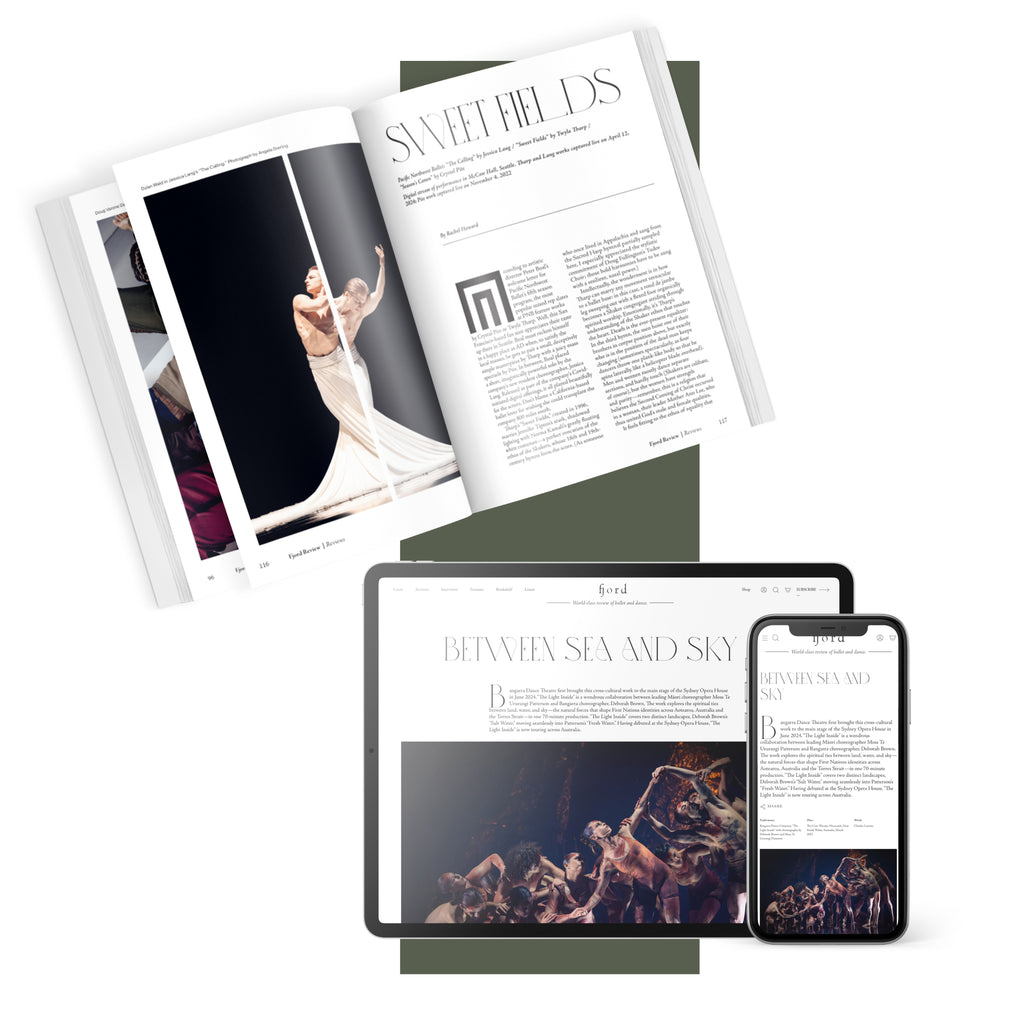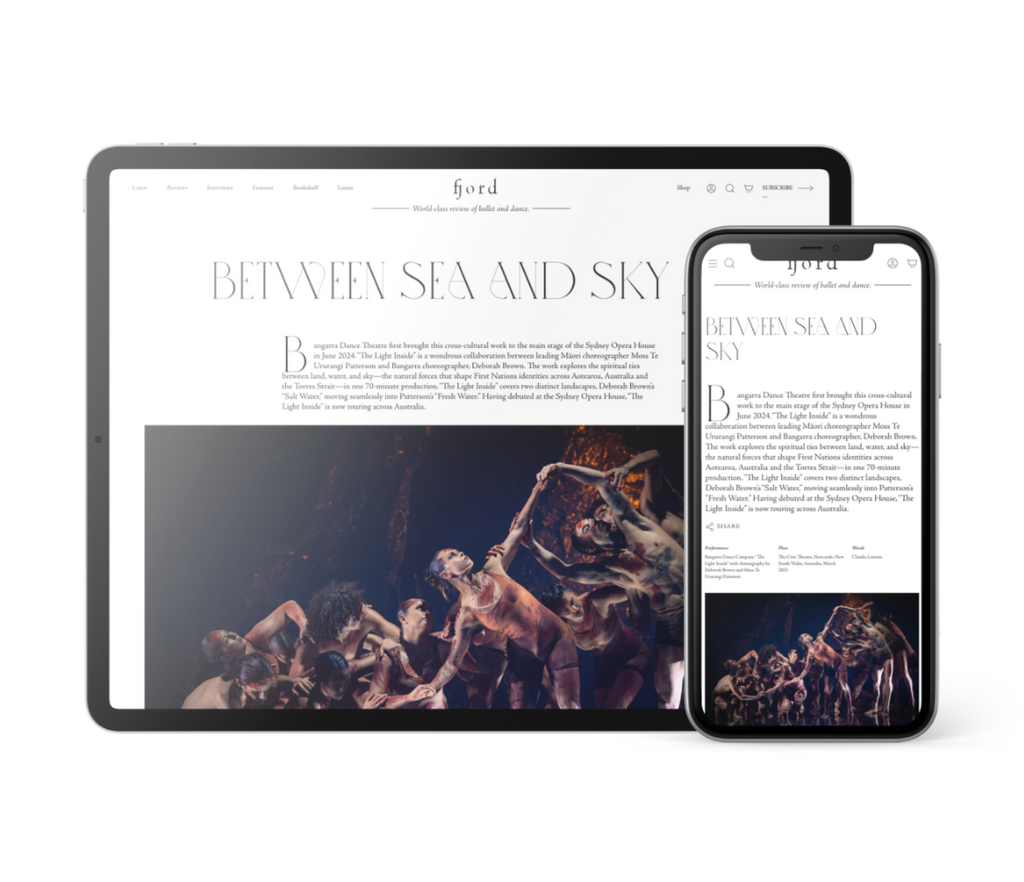The Music Within
Cleveland native Dianne McIntrye received a hometown hero's welcome during her curtain speech prior to her eponymous dance group thrilling the audience in her latest work, “In the Same Tongue.”
Continua a leggere
World-class review of ballet and dance.
The United States is surreal at this moment. Dancers in black have been circling the Kennedy Center in Washington D.C., performing Pina Bausch’s “Nelken Line” choreography to protest the self-proclaimed dictator making himself chair of the Center’s board. Choreographers are giving up hopes of National Endowment for the Arts funding now that guidelines demand “patriotic” art. In the War Memorial Opera House lobby, I ran into the founder and director of a major San Francisco company who lamented that layoffs will soon follow at her organization as more dominoes fall; she worried her company will not be able to finish its new dance studios and offices due to the chaos the executive branch is sowing with tariffs. Meanwhile, international dancers are fearing for their visa status, and transgender and queer artists are facing orders that threaten their very existence. Clearly, the year ahead will be full of maddening consequences for our country and for the arts.
Performance
Place
Words



“Uncommonly intelligent, substantial coverage.”
Your weekly source for world-class dance reviews, interviews, articles, and more.
Already a paid subscriber? Login

Cleveland native Dianne McIntrye received a hometown hero's welcome during her curtain speech prior to her eponymous dance group thrilling the audience in her latest work, “In the Same Tongue.”
Continua a leggereA man, much to his wife’s chagrin, has a nasty little habit: at night, he turns into a bat and flies out of their marital bed to partake in all kinds of infidelities.
Continua a leggereThe Japan Society continued its Yukio Mishima Centennial Series with a newly commissioned dance work titled “The Seven Bridges (Hashi-zukushi)” based on Yukio Mishima’s short story by that name originally published in 1956.
Continua a leggereLondon is a changed city this week. The cold front has come, and daylight hours have plummeted. The city is rammed with tourists, buskers, and shoppers.
Continua a leggere
ATR Drill offers top-quality borehole drilling machines for sale in Nigeria, ensuring efficiency and durability for all your drilling needs. Get reliable equipment for water well drilling at competitive prices. Contact us today!
Discover Fiber Optic Cables, Fiber Patch Cords, ODF in Qatar, Dubai, UAE. Find Drop Cables, Joint Closures, Optical Splitters, Micro Duct, Buried Cable Identifier. Contact: +97470323147 / info@telspaceservices.com
“Discover ”https://www.telspaceservices.com/fiber-optic-cable.php">Fiber Optic Cables, Fiber Patch Cords, ODF in Qatar, Dubai, UAE. Find Drop Cables, Joint Closures, Optical Splitters, Micro Duct, Buried Cable Identifier. Contact: +97470323147 / info@telspaceservices.com’;
"
Elevate precision with ENAS Accredited Calibration services in Dubai, Abu Dhabi, UAE. Ensure Sound Calibrationfor sound level meter, data loggers, & transmitters.